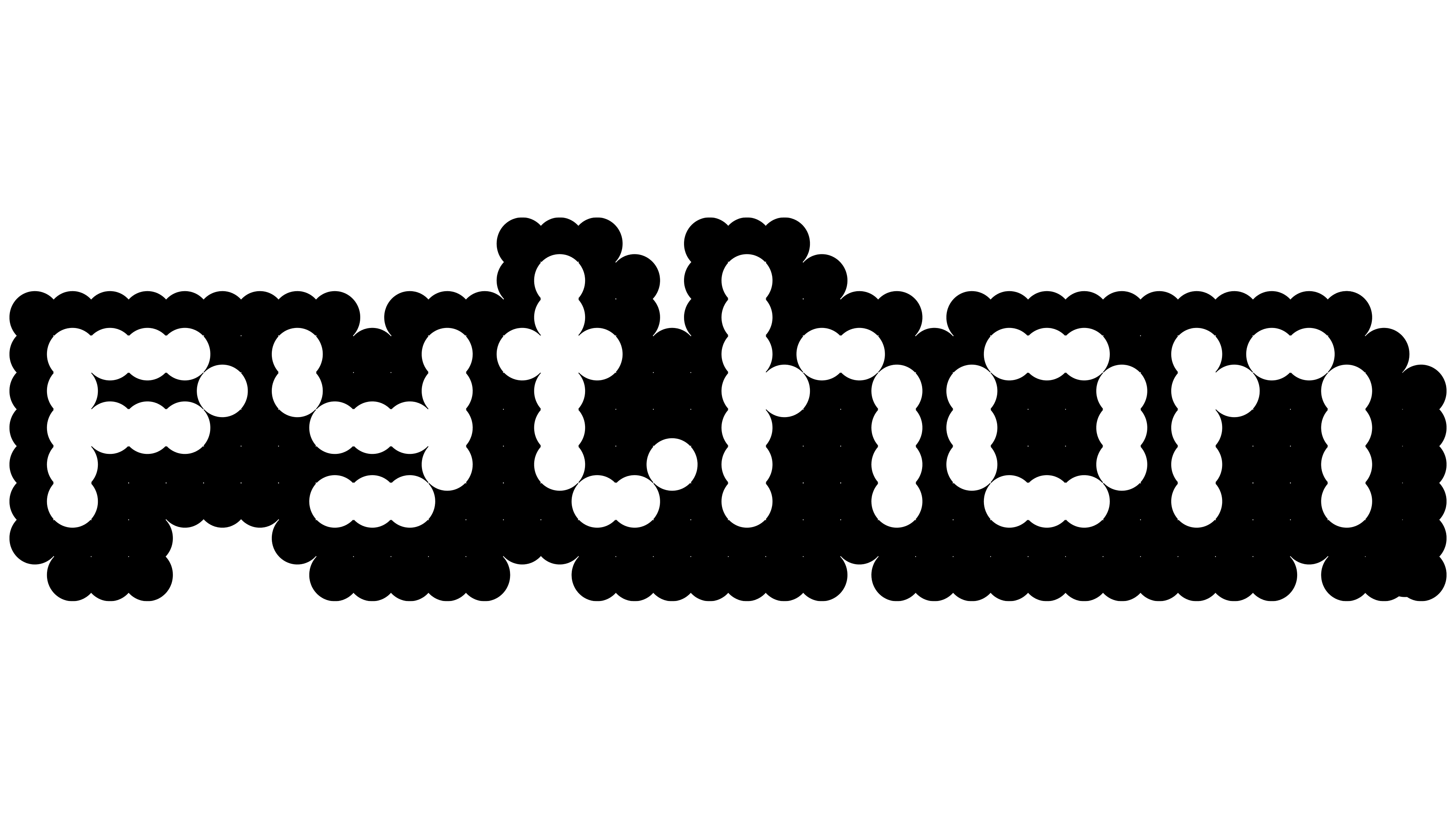UV mapping is essential in 3D graphics, allowing textures to wrap correctly onto 3D models. With Python, especially through tools like Blender’s API, artists and developers can automate and streamline UV mapping. This article explains what UV mapping is, why it matters, and how Python makes it easier.
3D models are the backbone of games, animations, and visual effects. But raw geometry alone isn’t enough—models need textures to look realistic. That’s where UV mapping comes in.
What is UV Mapping?
UV mapping is the process of projecting a 2D image (the texture) onto a 3D model.
- * U and V are the axes of the texture map (since X, Y, Z are already used for 3D space).
- * Without UV mapping, textures would stretch or distort randomly across a model’s surface.
Think of it as unfolding a 3D object into a flat surface, like unwrapping a candy bar and laying its wrapper flat.
Why Python for UV Mapping?
Most 3D software (like Blender, Maya, or 3ds Max) comes with UV mapping tools. But when dealing with:
- * Complex models
- * Batch operations
- * Procedural workflows
Python offers a way to automate and standardize UV mapping. In Blender, for instance, the Python API allows you to:
- * Automatically unwrap models
- * Apply scaling and packing to optimize texture space
- * Create custom UV projections
- * Batch process multiple assets for games or VFX
Example: Automatic UV Unwrapping with Python in Blender
import bpy
# Select the active object
obj = bpy.context.active_object
# Switch to Edit Mode
bpy.ops.object.mode_set(mode='EDIT')
# Select all faces
bpy.ops.mesh.select_all(action='SELECT')
# Apply Smart UV Unwrap
bpy.ops.uv.smart_project(angle_limit=66, island_margin=0.03)
# Switch back to Object Mode
bpy.ops.object.mode_set(mode='OBJECT')
print("UV mapping complete!")
This script takes the active object in Blender and automatically applies a Smart UV Projection—perfect for quick unwrapping.
Benefits of Using Python for UV Mapping
- 1. Speed: Automate repetitive tasks instead of manually unwrapping.
- 2. Consistency: Ensure assets follow the same UV mapping rules.
- 3. Scalability: Ideal for large projects with dozens of models.
- 4. Customization: Create UV layouts tailored to specific pipelines.
Use Cases in Game Development and Animation
- * Games: Batch unwrapping hundreds of assets for texture baking.
- * Film/Animation: Ensuring consistent UVs across complex scenes.
- * Procedural Workflows: Integrating UV mapping into larger Python pipelines for rendering or simulation.
Takeaway
UV mapping is essential for realistic 3D graphics, and Python makes it smarter, faster, and more scalable. Whether you’re working on a game, film, or personal 3D project, leveraging Python for UV automation in tools like Blender can save hours of manual effort and ensure professional-quality results.
Tags
Latest Articles
Tips, tutorials, and stories from the world of web, mobile, and DevOps development.

AI in DevOps & Pipeline Automation
Smarter Workflows, Faster Delivery

Fixing the Infamous NullPointerException in Java
What is a NullPointerException?

Build the Future, One Line at a Time
From Beginner Basics to Expert-Level Development
